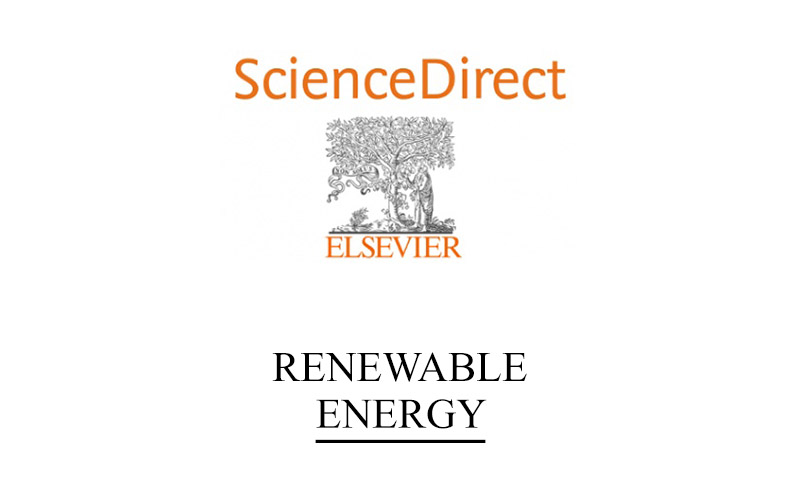
Biogas from a full scale digester operated in psychrophilic conditions and fed only with fruit and vegetable waste
ELSEVIER, Renewable Energy, vol. 133, pag. 676-684, April 2019
Authors: J. Martí Herreroa, b, G. Soria-Castellónc, A. Diaz de Basurtod, R. Alvareze, D. Chemisanaf
a CIMNE), Building Energy and Environment Group, Edifici GAIA (TR14), C/Rambla Sant Nebridi 22, 08222, Terrassa, Barcelona
b Instituto Nacional de Eficiencia Energética y Energías Renovables (INER), 6 de Diciembre N33-32, Quito, Ecuador
c Universidad Católica Boliviana “San Pablo”, C/M.M.Marques, Cochabamba, Bolivia
d Research Group on Cooperation and Human Development, Universitat Politècnica de Catalunya, BarcelonaTech, Avda. Diagonal 647, Building F, E-08028 Barcelona
e IIDEPROQ, UMSA, Plaza del Obelisco 1175 La Paz, Bolivia
f Applied Physics Section of the Environmental Science Department, University of Lleida, c/Pere Cabrera s/n, 25001 Lleida, Spain
Abstract:
The aim of this work was to evaluate the feasibility of treating fruit and vegetable waste from a municipal market in a full-scale anaerobic digester with minimum implementation and operational costs, i.e. without pre-treatment, clean water consumption, active heating or mixing. For this purpose, a 13.9 m3 digester that forces the submersion of solids, gains heat through solar radiation and recirculates effluent was monitored during one year of real operational and weather conditions in Bolivia. The digester was initially loaded with cow rumen (inoculum source), and after eight weeks with only fruit and vegetable waste. The digester operated at an organic loading rate (OLR) of 1 kgVS/(m3d). The normalized specific biogas production averaged 0.26 m3/kgVS and increased to 0.34 m3/kgVS when OLR was halved to 0.57 kgVS/(m3d), while the passive solar design allowed an average digester temperature of 21 °C (4 °C above the average ambient temperature).
Highlights:
- One year monitoring a full scale low cost digester treating fruits and vegetables.
- No pre treatment, water adding, mixing of heating devices needed.
- Passive solar design increment the slurry temperature 4 °C over ambient one.
- Biogas production is comparable with other sophisticated full scale digesters.
- These low-cost digesters can be modularly implemented in small and medium-sized populations.































